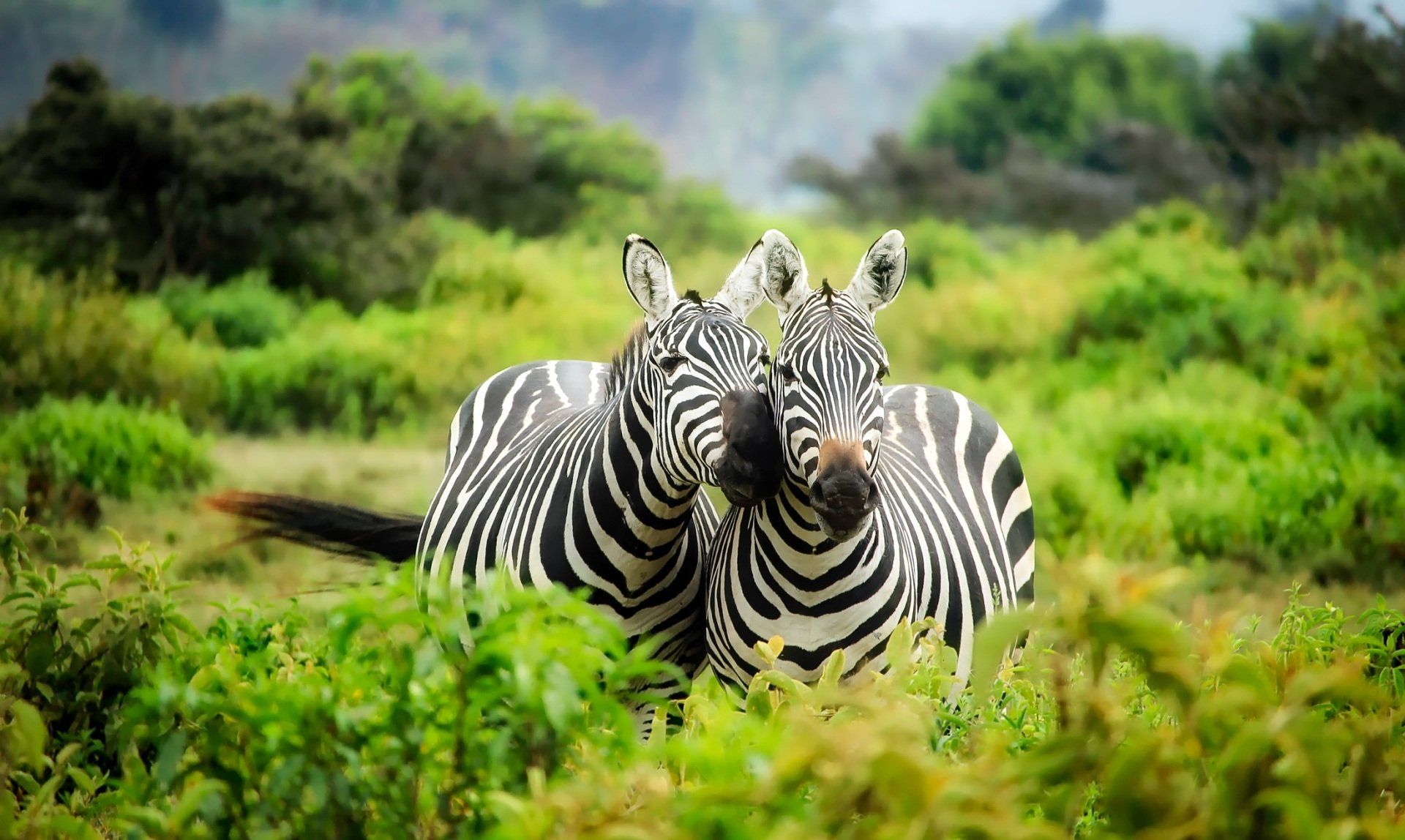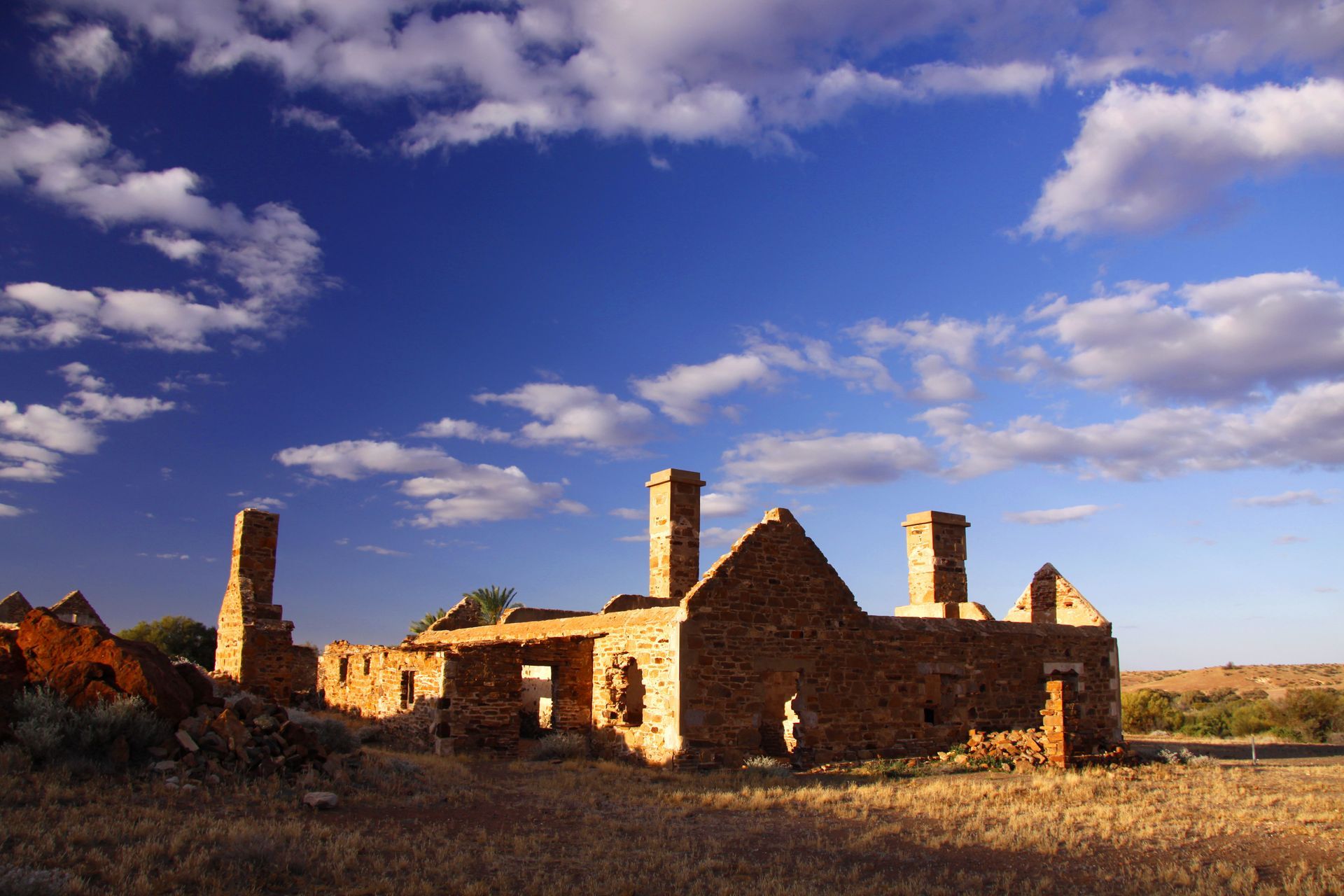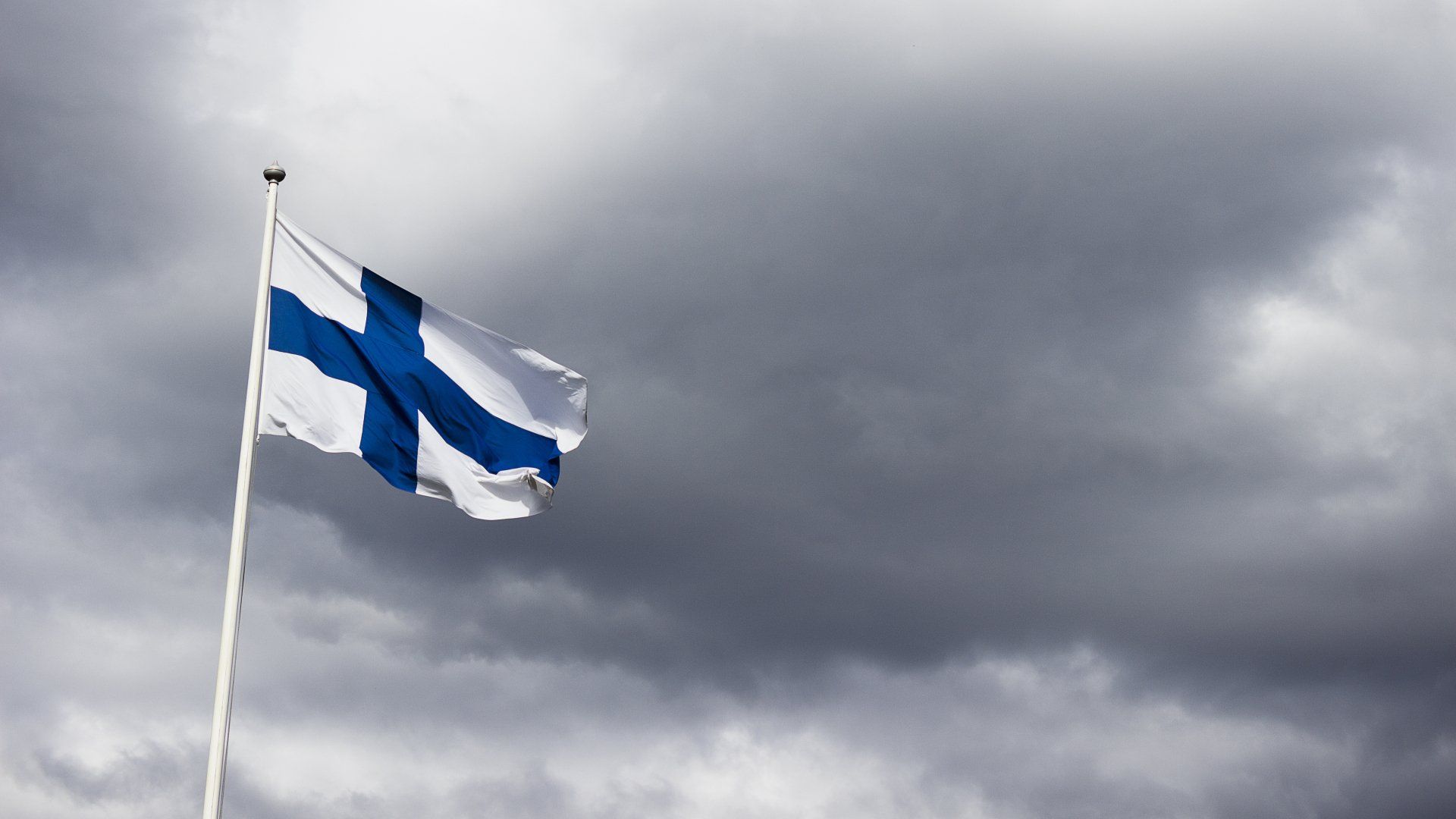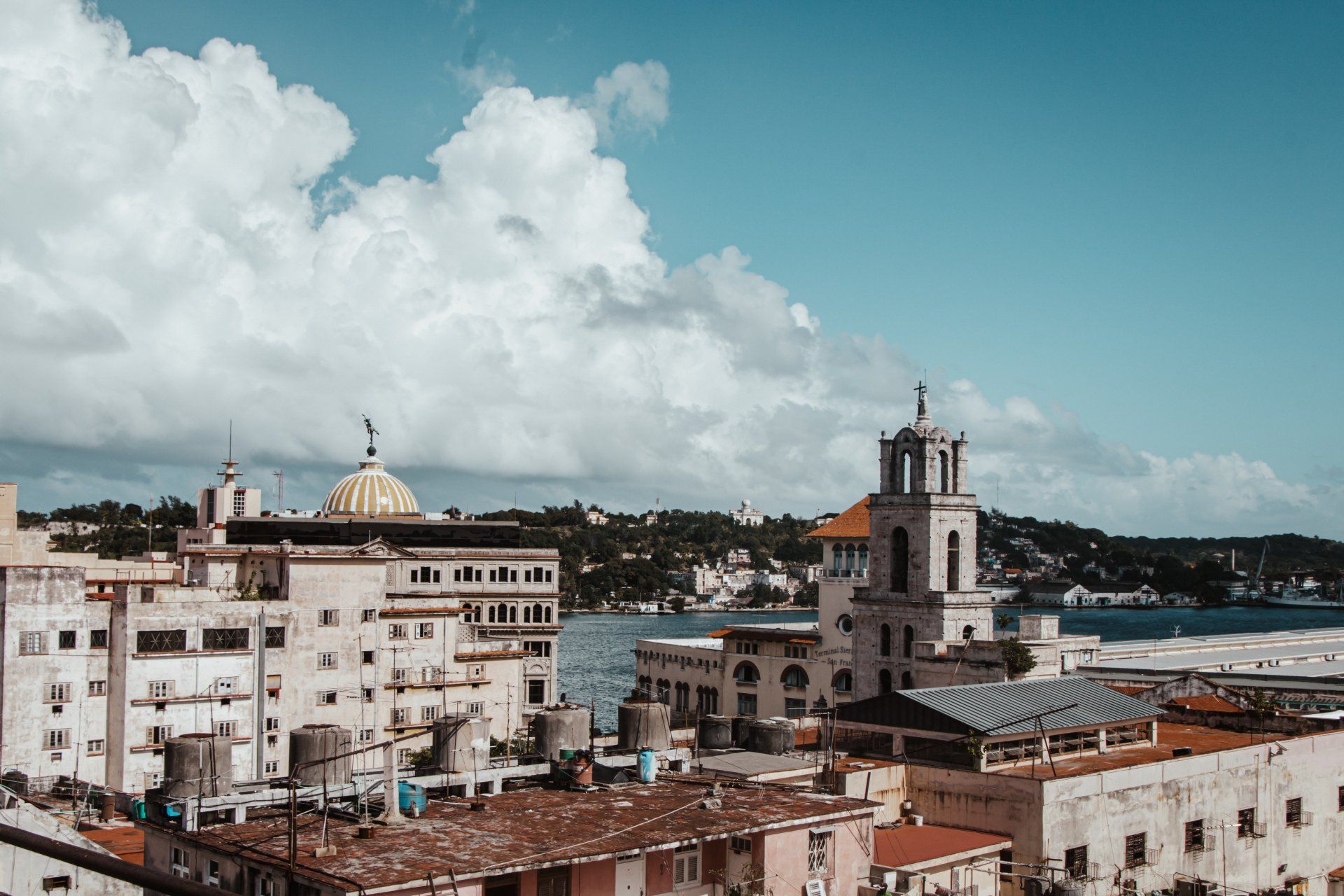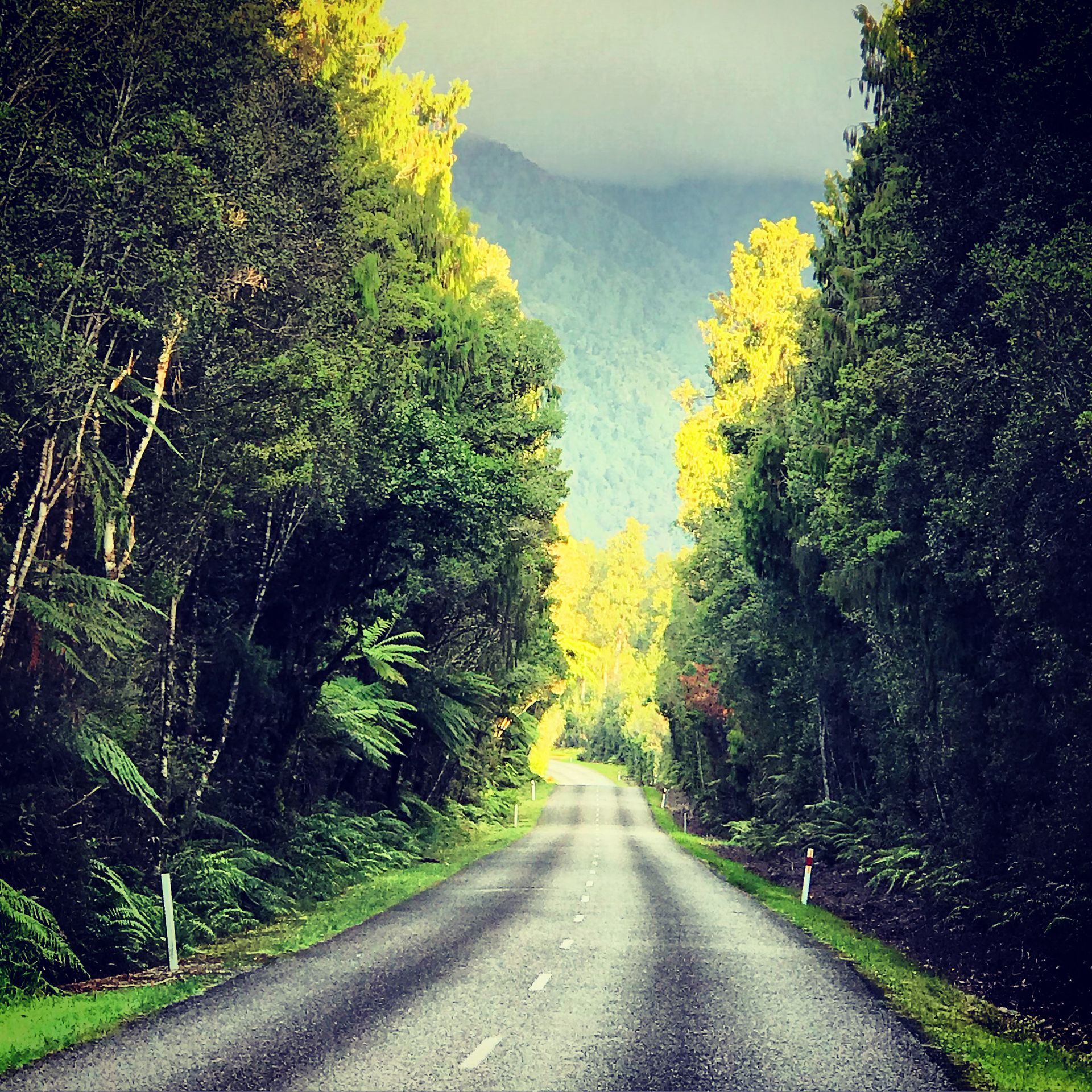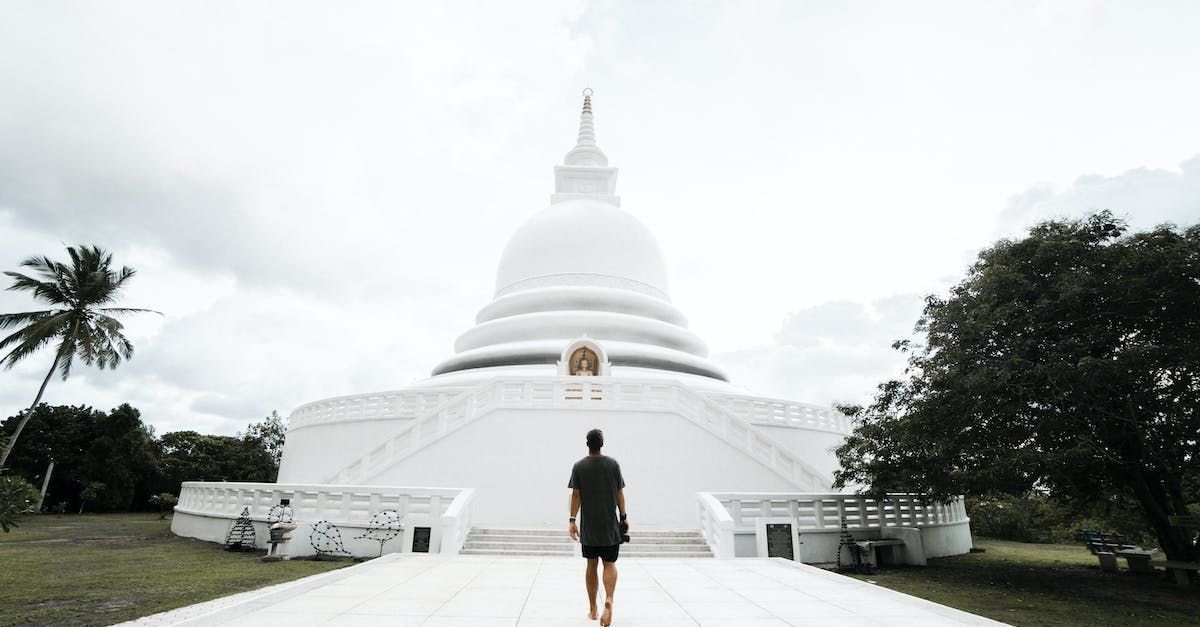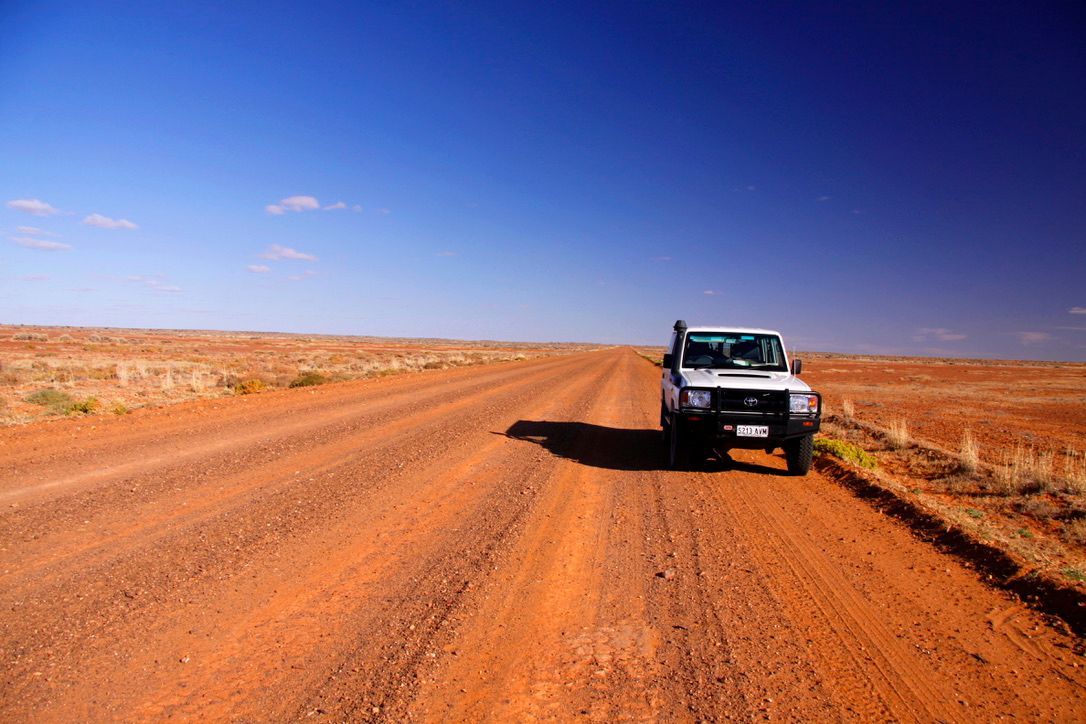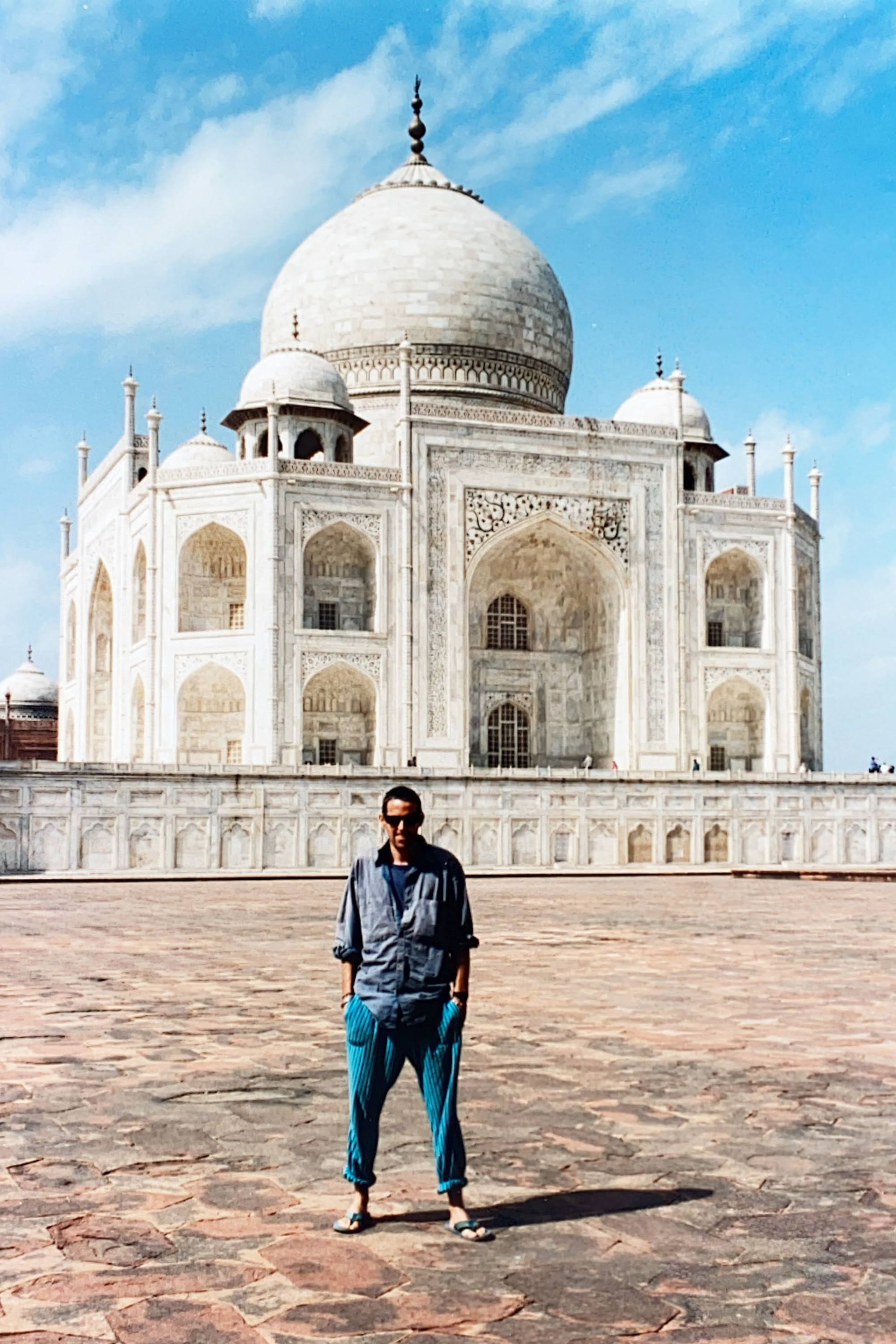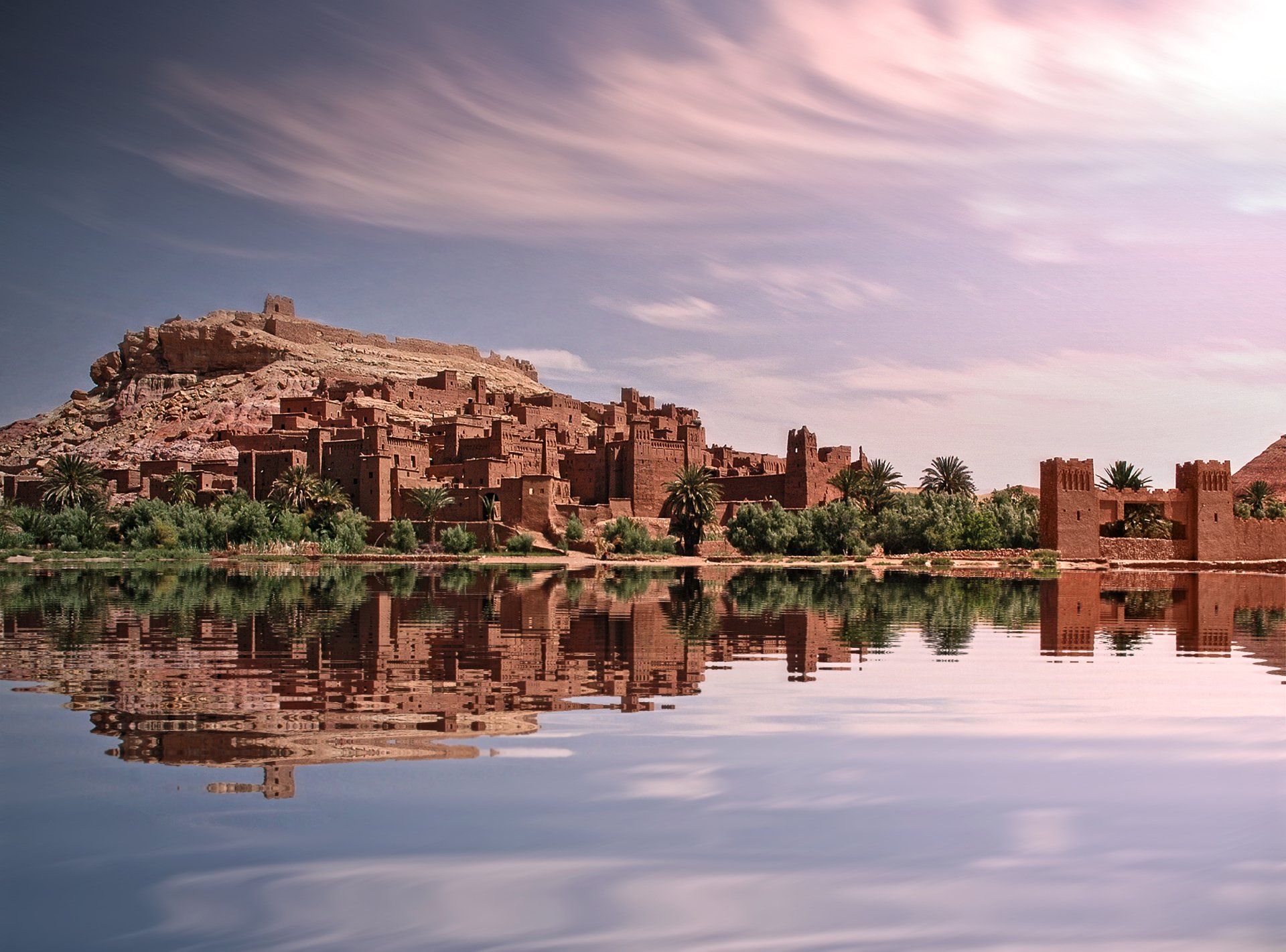“I thought of all the songs I’d sung about this Outback track,
And that is how this vision came to me…”
– Slim Dusty, Along the Road of Song.
Beyond Bourke, a one-dog-town on the banks of the Darling River in Western New South Wales, the single-lane bitumen road gives way to a rutted outback track. My rented 4WD moves about on the loose red sand like a schooner under sail; thick eucalypt forest crowds to the edges of the road. The Australian expression “back-o-Bourke” refers to any place a long way out. And here on the road to Tibooburra, I am a very long way from home.
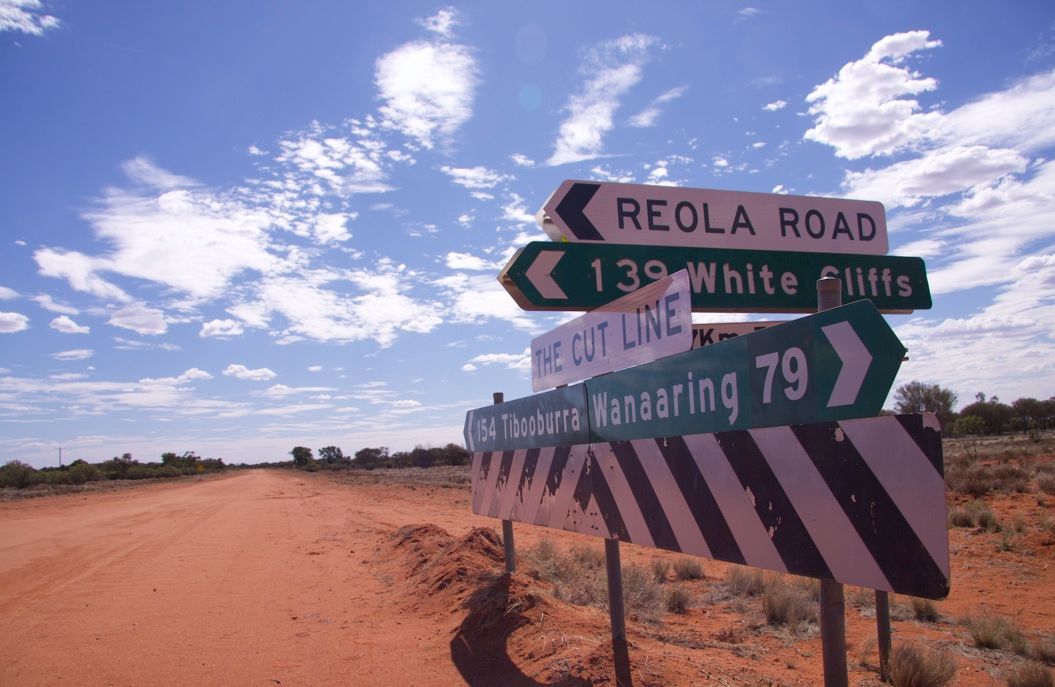
The village of Tibooburra crouches in the lee of bouldery hills in the middle of a howling wilderness. A dust storm has hit the town when I arrive. It thrashes the gum trees outside the Tibooburra Family Hotel and bowls random items – a plastic chair, a sign saying “open”, an empty beer can – down the main street. A collection of dusty 4WDs are angle-parked outside the hotel.
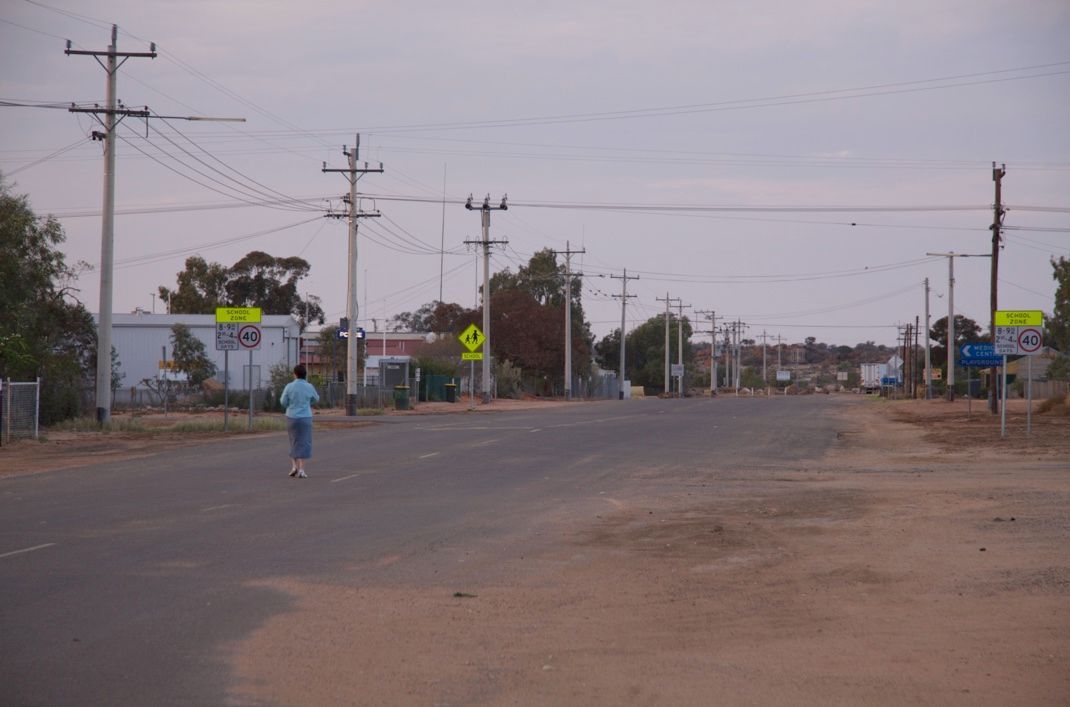
I order a beer and a steak at the bar then repair to a corner table. The conversations around me are typical of any Aussie pub: work, gossip, and who will win the cricket. On the wall behind me, a wide-screen TV beams in live coverage of an AFL match in Melbourne.
Communications are the lifeblood of the Outback. In the early days of European settlement, the news took weeks to filter across the vast distances. But the advent of satellite phones, radiotelegraphy, and the internet has meant isolated communities such as Tibooburra are now hooked into the instant information age. Even cell phones work out here, although my New Zealand handset stubbornly refuses to connect to the local CDMA network. I fiddle with it while I await the arrival of my food. I decide that, like me, it’s intimidated by the vastness of the coverage area. The massive steak the waitress sets down soon makes me forget about the tyranny of distance; my phone will have to work its problems out on its own.
There is something inexpressibly sad about abandoned farm buildings, where people toiled to make their dreams come true but, ultimately, failed.
Next morning, I drive out to the ghost town of Milparinka, 60km west of Tibooburra. Established in 1855 as a police outpost, the town once boasted a school, pub, courthouse, and jail. Little remains now. Over the years the population drifted away and the town fell into disrepair. The pub closed in 2004 and only one reclusive resident still lives in the town.
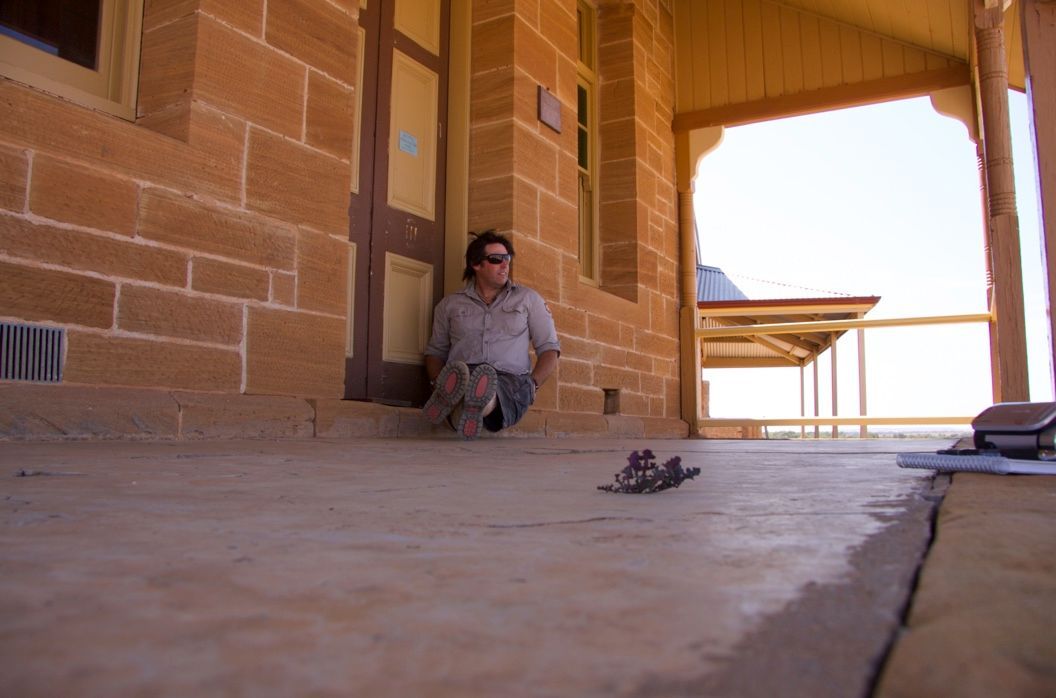
But the old courthouse has been restored to its former glory by volunteers and is now a museum dedicated to preserving the history of this forgotten corner of Australia. I let myself in through a side door. The courtroom is a cool haven from the enervating heat outside. A hot wind howls around the eaves of the building; the sash windows tap-tap-tap in their frames.
The room smells of wood and dust. Its walls are lined with faded sepia photographs of families, police officers, and sundry scenes of local activity. Printed excerpts from court records show that most of the cases heard here were for minor offenses : “having horses loose in the town”, “stealing a coil of fence wire”, “taking a wagon without permission”. Reluctantly, I leave the shelter of the courthouse and head west, deeper into the Outback.
The disused woolshed at Waka Station stands next to the road between Tibooburra and Cameron Corner. There is something inexpressibly sad about abandoned farm buildings, where people toiled to make their dreams come true but ultimately failed. Red dirt has blown in through holes in the walls; parts of the roof are open to the sky. I wander through the silent shed imagining the activity which once took place here: the spinning shaft of the shearing plant, the clattering hand-pieces, the wool falling from the sheep’s backs onto the polished timber floor, the row of sweating shearers and scurrying rousies carrying armfuls of golden fleece; the heat and stink and noise.
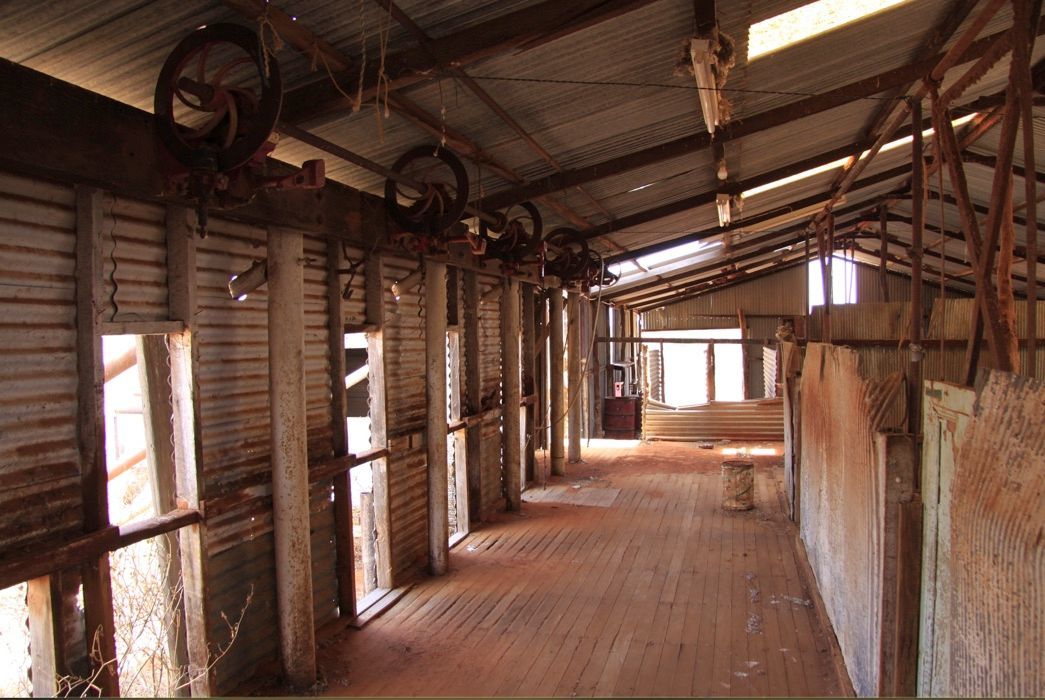
It is all gone now. More red dirt coats the old Lister petrol engine which once drove the shearing plant; a matted fleece sits un-skirted on the wool table. The counting-out pens are empty and overgrown with weeds: they will never again see the white mobs of freshly shorn merinos.
Nearby, the cookshop windows gape sightlessly out across the shimmering landscape. White tiles flake off the walls of the roofless shower block. I imagine the shearers stretched out on the ground drinking beer after a sweltering day’s work in the woolshed. The scene reminds me of the 1975 Australian movie Sunday Too Far Away, in which a shearer’s wife laments the lack of physical and emotional contact with her husband and lists the reasons as: “Friday too tired, Saturday too drunk, Sunday too far away…”
In the hot space of the bar in the Cameron Corner Store, stockman Jake Lewis is drunk. Slouching beneath his big Akubra hat, with a can of Bundy and cola in his meaty fist, Jake is regaling the room with a story about how he single-handedly outwitted a renegade bull by tripping it up with the handlebars of his dirt bike. At least, that’s what I imagine he is saying. He has obviously been in the bar for a considerable part of this Sunday afternoon and his speech is as scuffed as his dusty RM Williams boots.
The assembled drinkers, all of whom are at various stages of inebriation, listen intently, occasionally offering jocular interjections as they guzzle their beers. I sit quietly in a corner drinking ice-cold lemon squash. When Jake’s story eventually ends, the Corner Store patrons return to taunting me about sheep, sex with sheep, the marital possibilities of sheep, and all the other tawdry insults Australians feel compelled to heap on “bloody Kiwis”.
Cameron Corner is the point where the state boundaries of New South Wales, South Australia, and Queensland intersect. The corner (one of four such points in Australia) is named after John Brewer Cameron, the NSW Lands Department surveyor who spent two
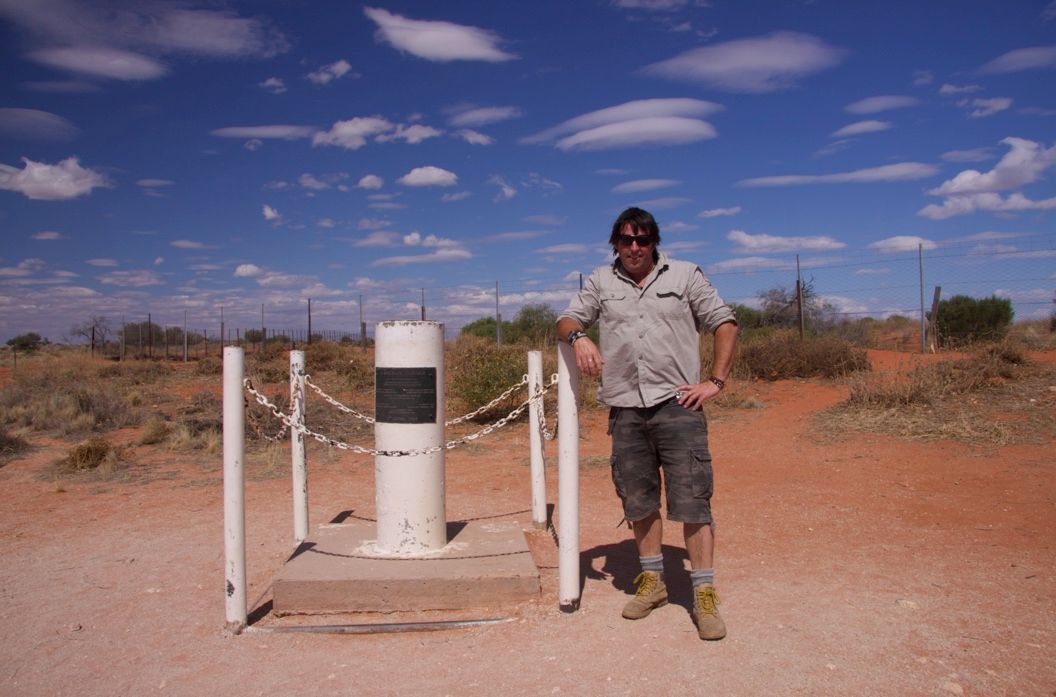
years from 1880-1882 marking the Queensland/New South Wales border.
It is one of those strange places where the tenuous lines of time blur. As each state has a different time zone you can celebrate New Year’s Eve or your birthday three times in the space of three hours. The Cameron Corner Store is supposedly a Queensland business with a New South Wales postcode and a South Australian phone number.
By five o’clock, with the sun an incandescent ball in the sky, the store patrons adjourn outside for a round of Tri-state golf. The golf links consist of nothing more than a baking expanse of desiccated and spiky spinifex grass with ragged squares of plastic turf for teeing off. The three putting “greens”, one in each state, are patches of bare red dirt sprayed with diesel to keep the vegetation from re-growing. The inebriated golfers take forever to reach the first (Queensland) hole but manage to consume a number of beers along the way. I leave them to complete the rest of the round without me. A final volley of insults about sheep-shaggers accompanies me as I drive away.
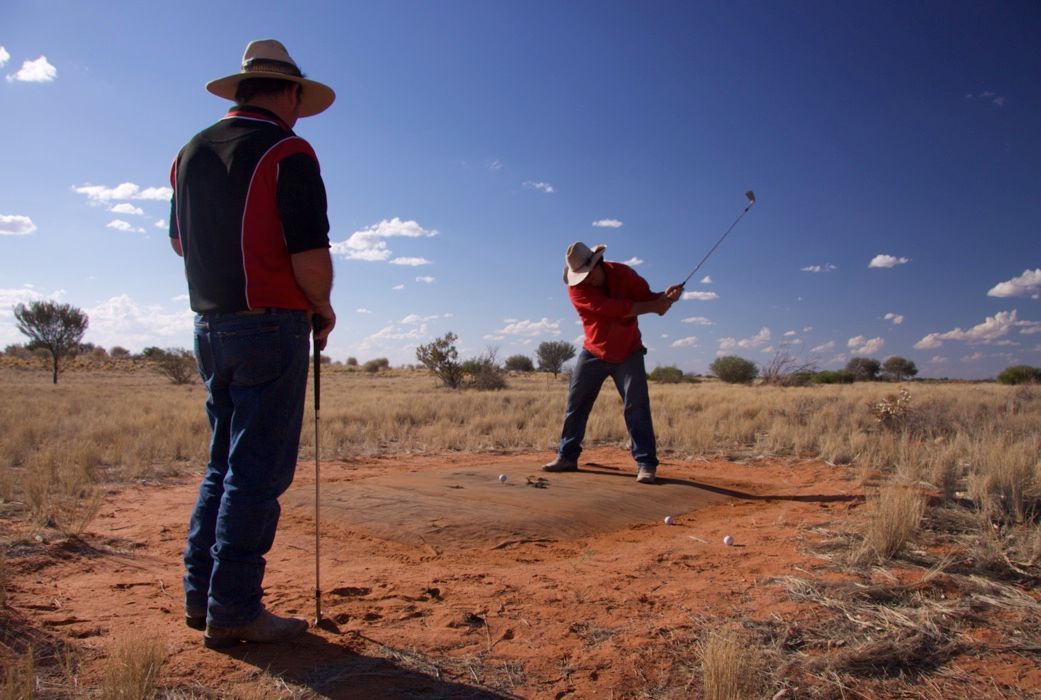
I reach Jack’s Camp at dusk. A vandalized, graffiti-covered double-decker bus sits forlornly beside a lone ironbark tree. A pair of morose magpies mooch about looking for a handout. I climb to the top deck of the bus and wonder about the journey which took it from the streets of London to this lonely Outback space. It is an eerie place to be alone, so I decide to drive through the night to Innaminka. I watch the old bus shrink in the rear-view mirror until it disappears in the mauve twilight.
It seemed as though I was caught in some time travel vortex from which I could never escape.
At nine o’clock the next morning, I sit with a trim latte in the Outtaminka Bar of the Innaminka Pub. Katie, the bar manager, is from Birmingham. In a neat inversion of the Australasian bar staff in Britain, she answered an advert in an Adelaide backpackers for someone with a sense of adventure and ended up here.
During the night I had driven through a pitch-black wilderness beneath a sky encrusted with a crushed-glass glitter of stars. To pass the time I searched the static-laden AM radio band for programmes beaming in from distant cities. Out in this no-man’s-land of time zones, I had listened to the same programme play at different times on different channels and it seemed as though I was caught in some time travel time vortex from which I could never escape. The lights of Innaminka had appeared like a beacon in the darkness just before dawn.
Outside the tinted windows of the Outtaminka Bar, the heat is already shimmering across the river red gums growing along the banks of Cooper Creek. The temperature is forecast to reach 42 degrees at midday. I should be outside exploring. But time is something there is plenty of in the Outback. The spirits haunting Corner Country have been here a long time. Another hour won’t matter. I decide to have another coffee before I set off in search of more ghosts in this vast red dirt landscape.
FOOTNOTE: Online travel company Bookmundi offers all kinds of Outback adventures to let you explore the big spaces and far-off corners of Australia. Check out some of their Australian tours by clicking here.
